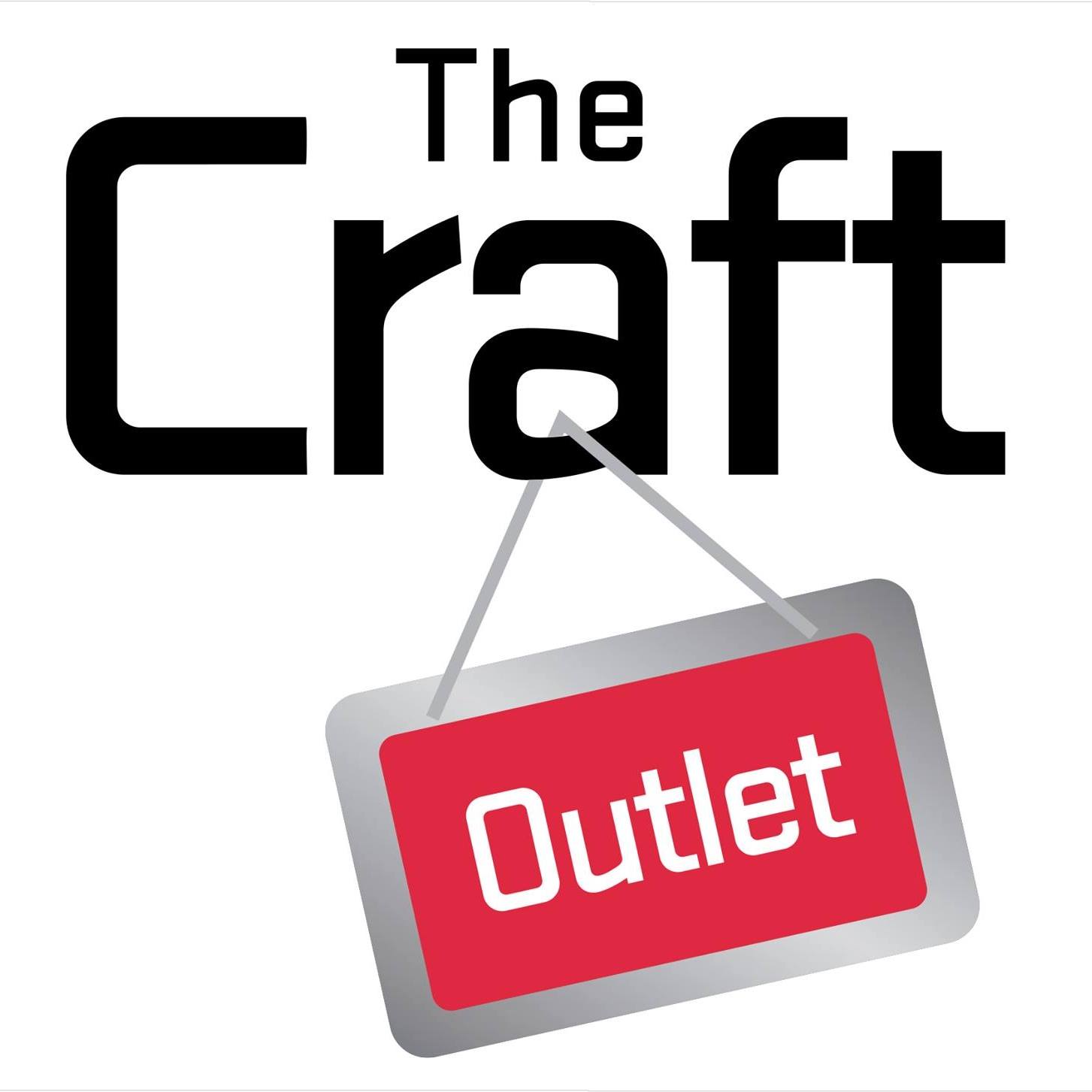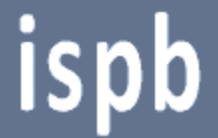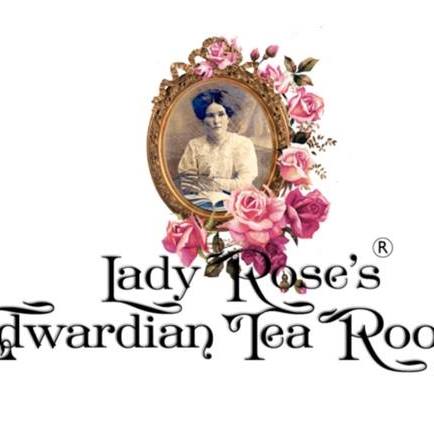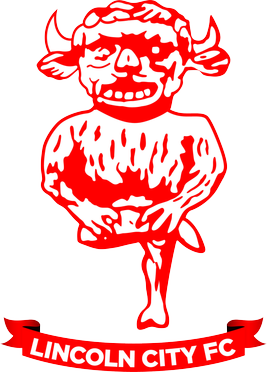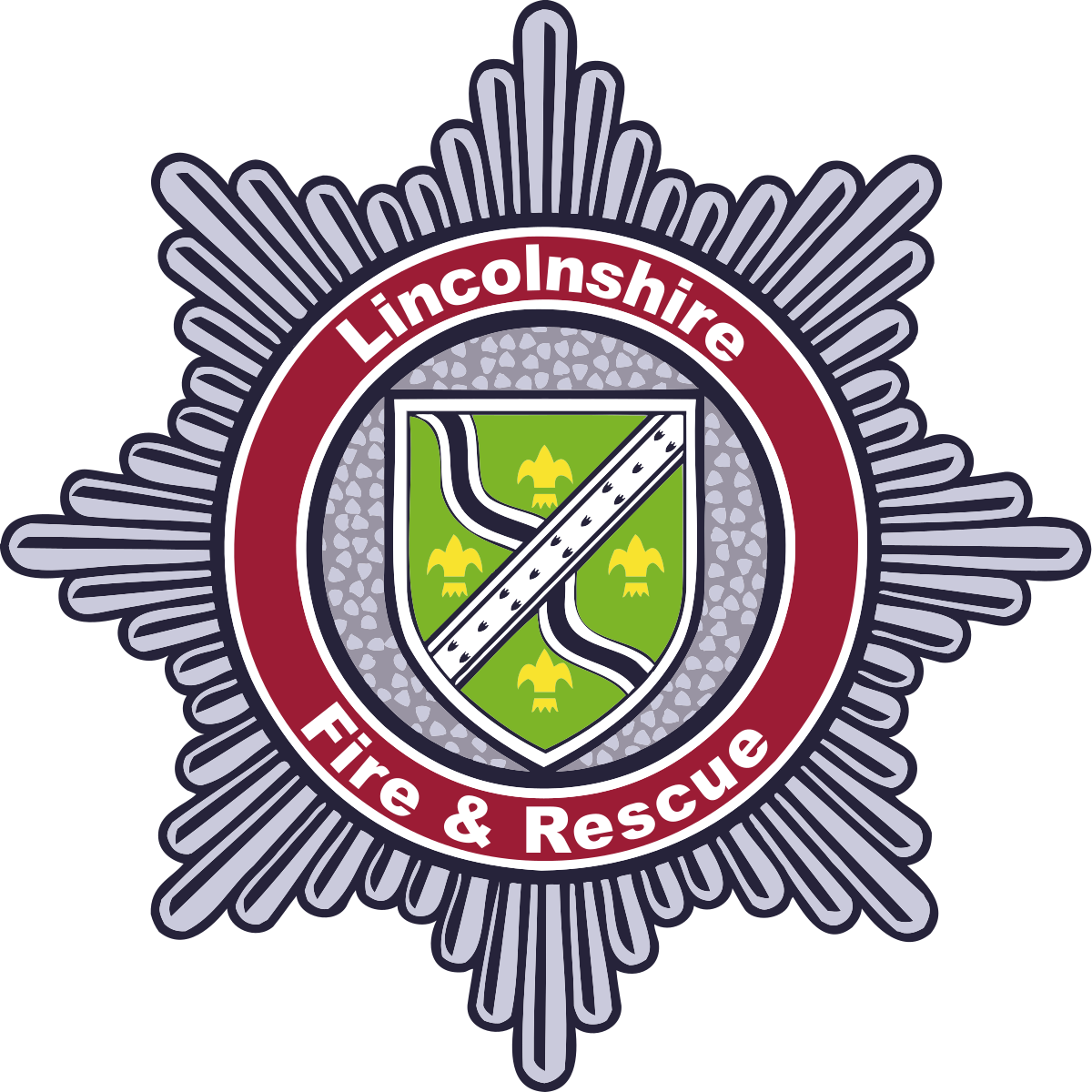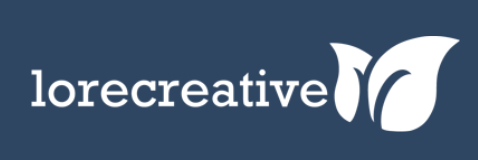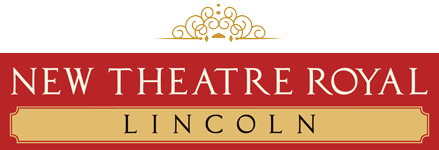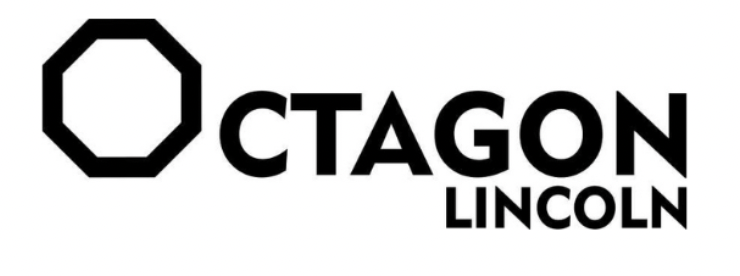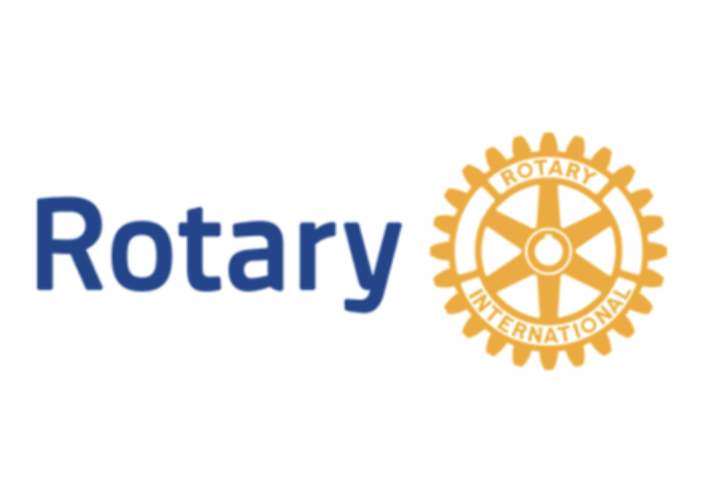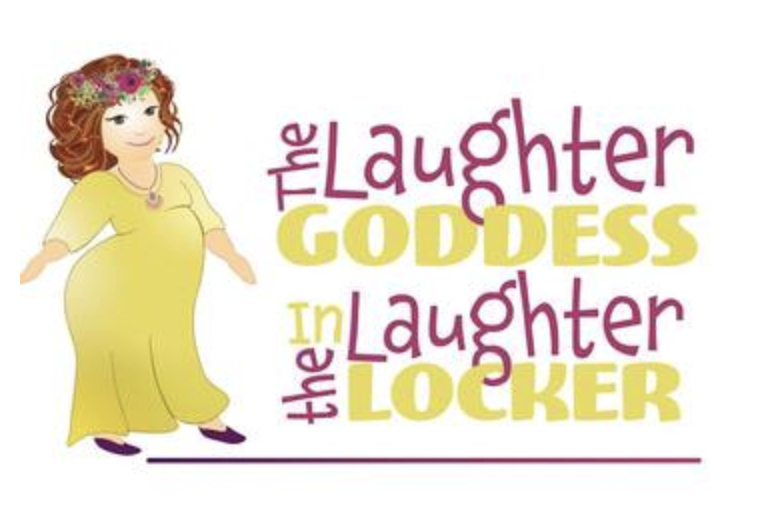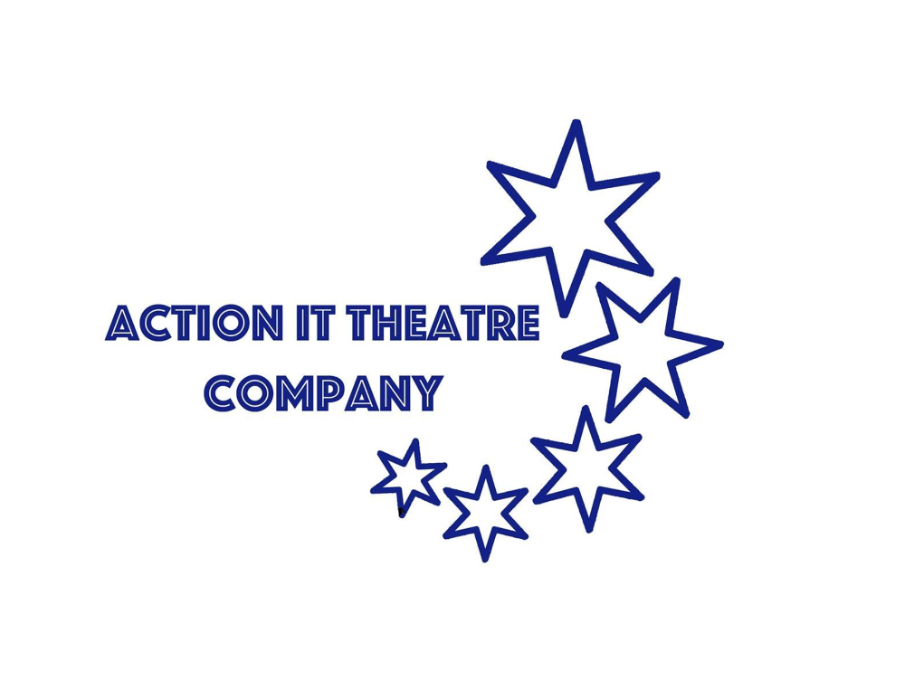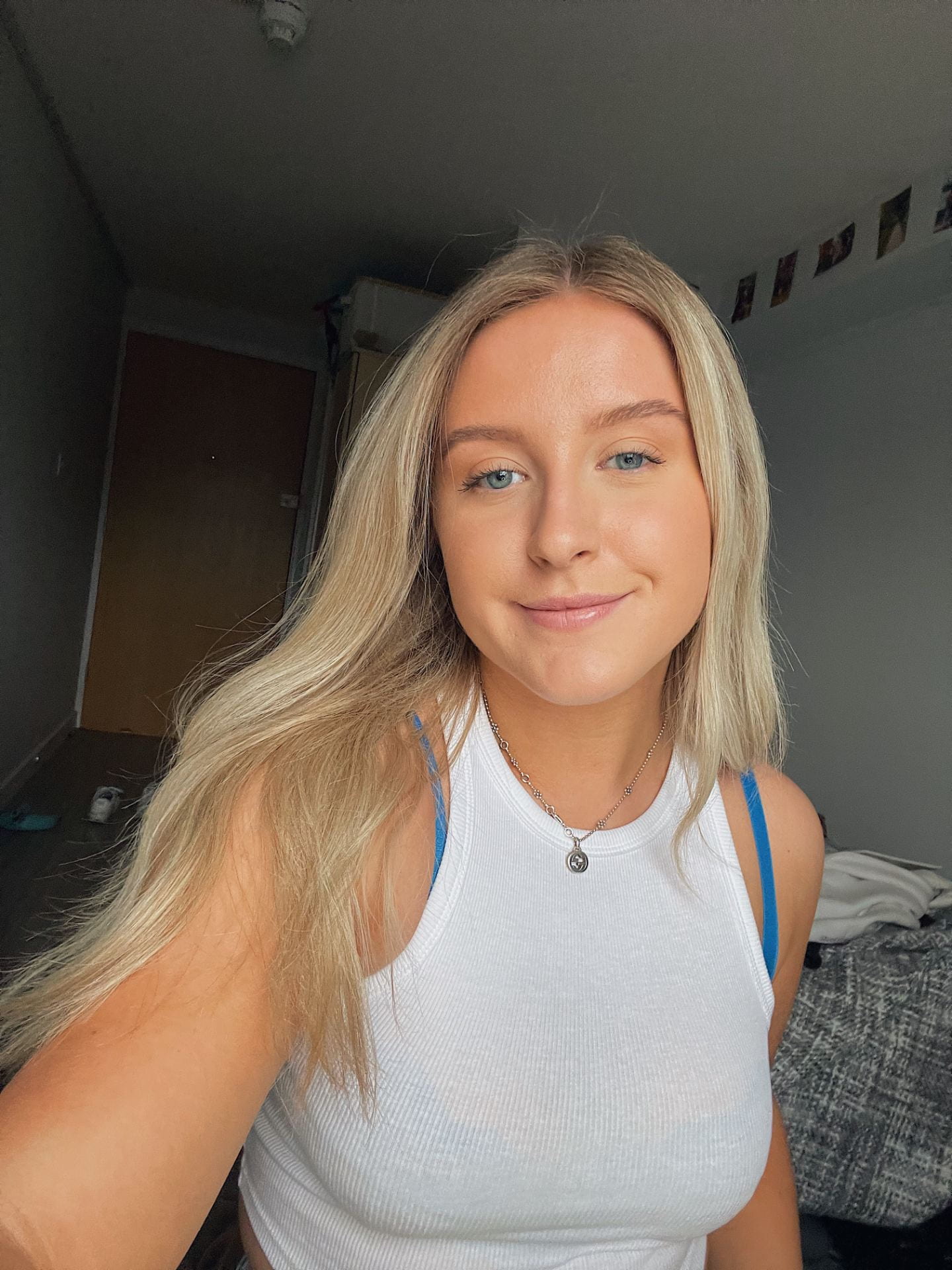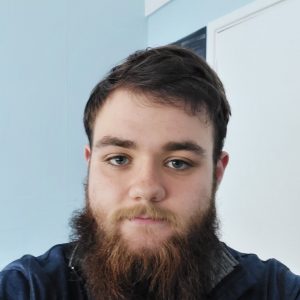Project Achievements
UoL 4.0 Challenge 2019 – Awarded £3000 by CLT, OfS, LIBS TIF & LHERI in 2019
Building COMpetencies for COMpetitive COMpanies (COM 3) – Awarded £279986 by Interreg North Sea Region ERDF in 2019
Business Testimonials
Paul Banton from Ruddocks (Commercial Printer in Lincoln) took part in the UoL 4.0 Challenge in July 2019, in the first project round. The challenge that was set to the students was:
How can information available and/or accessible to Ruddocks be used to increase sales, without too much human participation?
Emma Olivier-Townrow represented the New Theatre Royal and have also taken part in the first round of the UoL 4.0 Challenge project in July 2019. The challenge that was set to the students was:
How can New Theatre Royal use digital technologies to increase the utilisation of the building?
Project Timeline
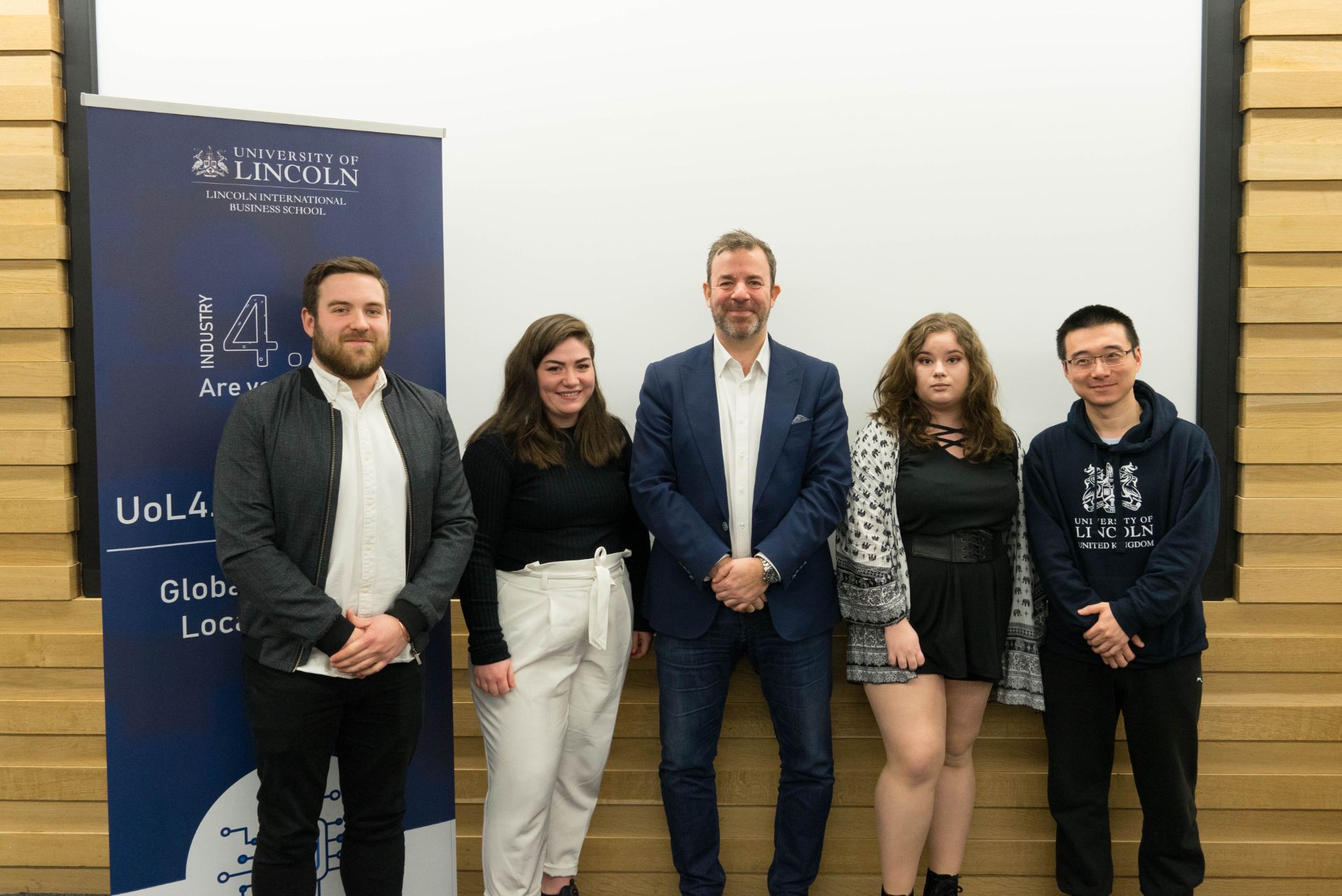
First Round
In the initial stages of the project, 3 SMEs took part: Branston Potatoes, Ruddocks and New Theatre Royal.
How can Branston Potatoes measure the
dry matter of every single potato in the processing line?
How can information available and/or
accessible to Ruddocks be used to
increase sales, without too much human
participation?
How can New Theatre Royal use digital
technologies to increase the utilisation
of the building?
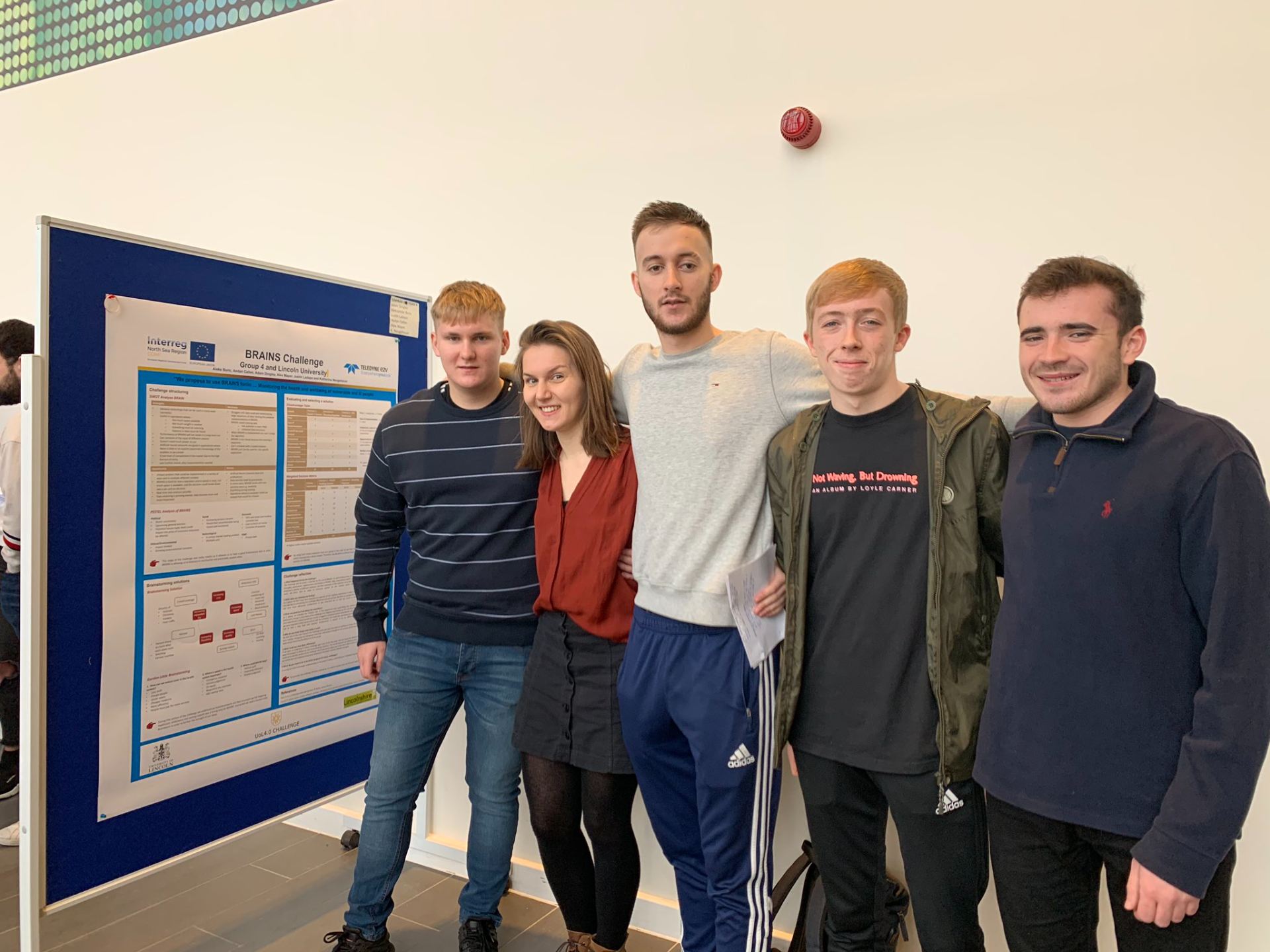
Second Round
In the second round of the
project, our students worked
with Teledyne EV2.
How can Teledyne EV2 exploit the
inherent strengths of the BRAINS system
and identify associated improvements
which would enhance the performance of
BRAINS in the application?
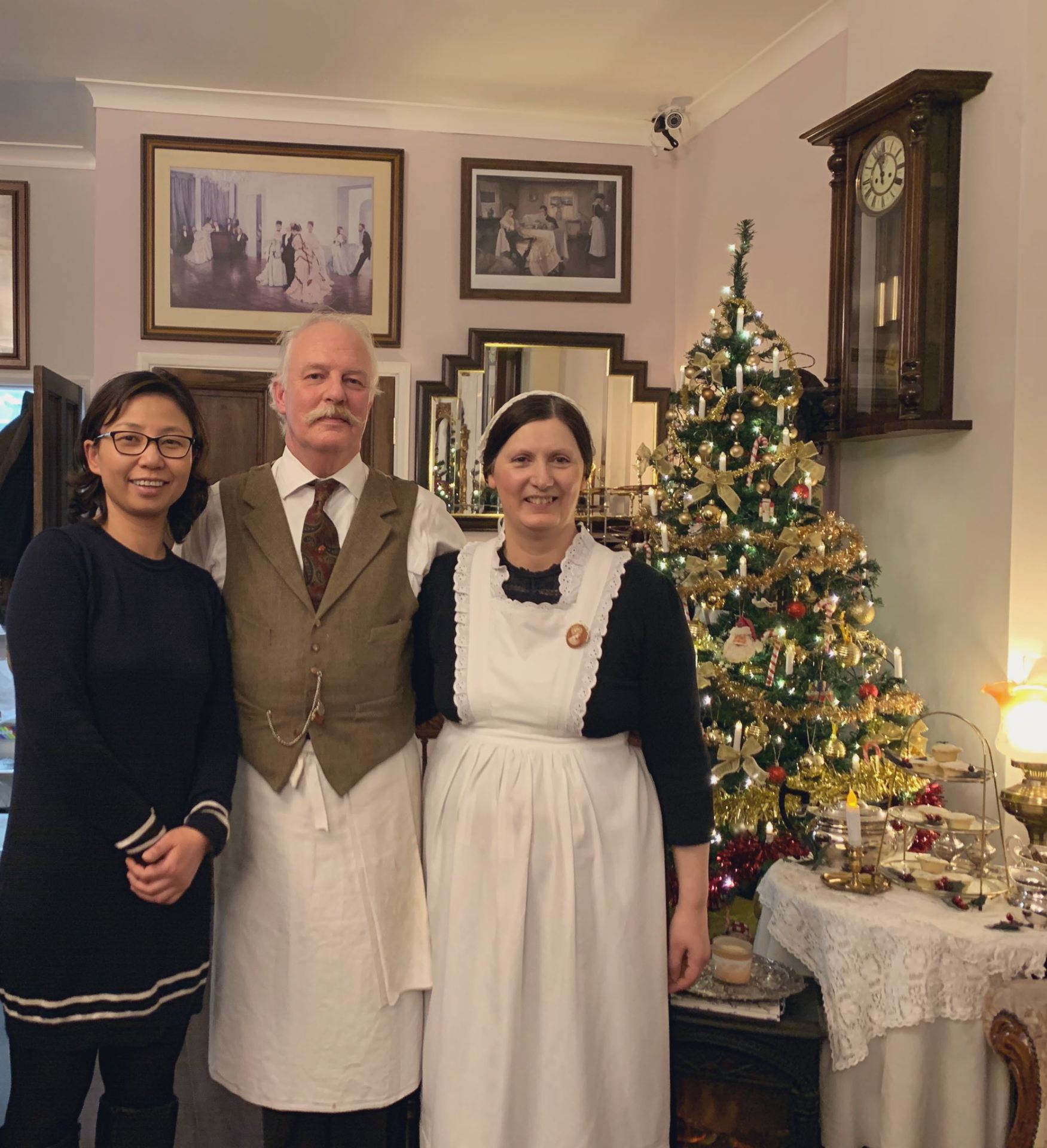
Third Round
In the third round of the project our students worked with 5 local SMEs: Lady Rose Tea Room, ISPB-Interim and Consultancy Services, White 7 Lincoln, Acts Trust (AT), Viking Signs.
How can Lady Rose Tea Room make their
social networking channels/ website more
consistent or improve their advertising?
How can ISPB develop a robotic prototype
which would be capable of working within
a wooded area to monitor the health &
development of the wood/forest?
How can White 7 Lincoln improve their
SEO for website visibility, as well as
enhance their social media engagement/
inbound marketing strategy to develop
brand and grow sales?
How can Acts Trust (AT) develop a safe
logistics plan for the collection and
redistribution of food from suppliers and to
food champions?
How can Viking Signs launch a fully
automated production of artwork for online
customised products?
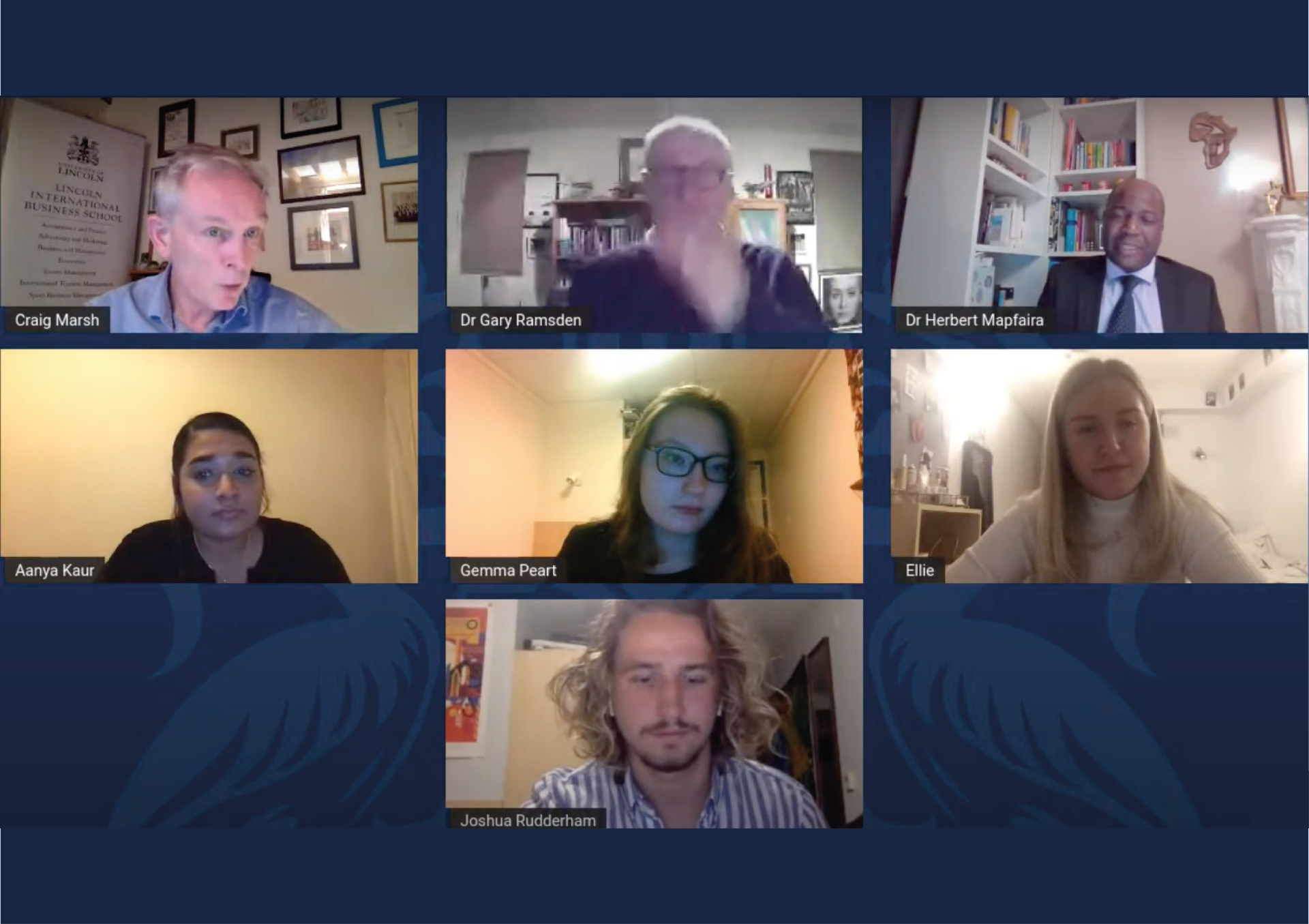
Fourth Round
During the Covid-19 pandemic, oustudents worked collaboratively online on the challenges presented by theSystematic Print and
Lincoln City F.C.
How can Lincoln City FC maintain Fan
Engagement through digital platforms?
How can Systematic Print Management
develop their brand and grow sales
through Inbound Marketing and
differentiate and reposition their brand?
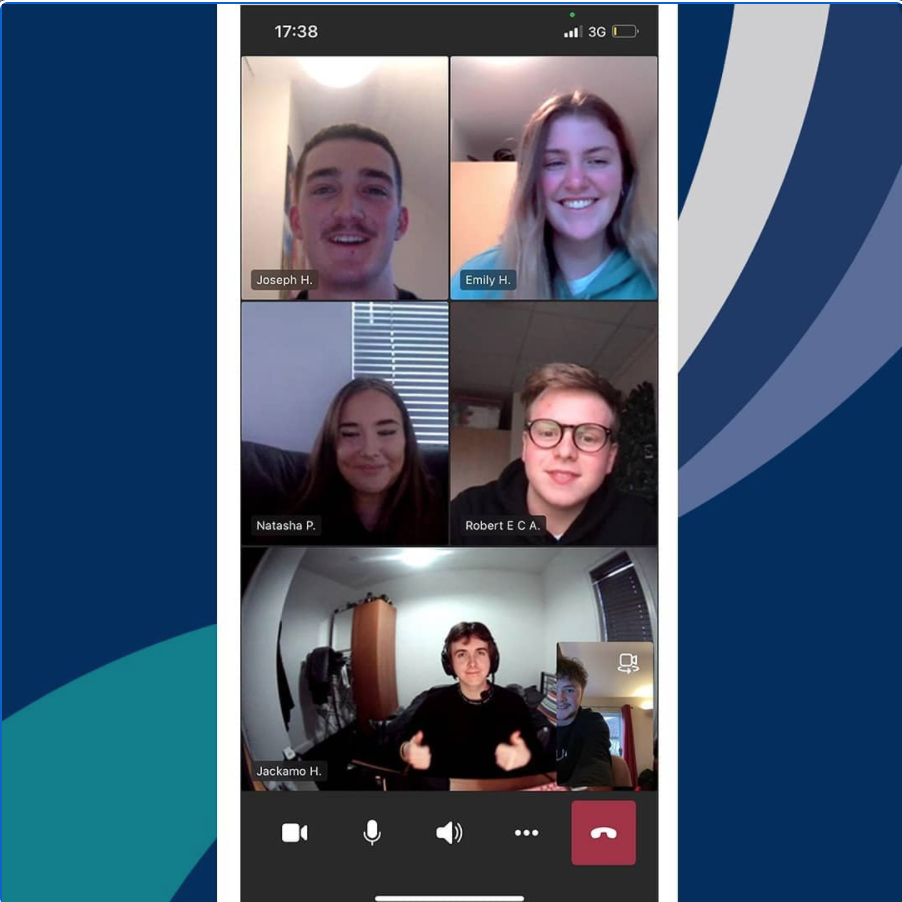
Fifth Round
In the fifth round of the project, the
students worked on the challenges set by
four SMEs: ISPB Interim and Consultancy
Services, People First Education,
The Craft Outlet Store, Willow House
Physiotherapy & Personal Training.
How can Willow House Physiotherapy
and Personal Training find an application/platform that can be used
for effective practice management with
the capability to automate some of the
administration within the clinical practice?
How can People First Education expand
its reach, and generate income, from its
pre-recorded training videos?
How can the Craft Outlet Store widen its
appeal to a younger customer base?
Given 5G capability, how can ISPB apply
this to the protection and management
of ancient and treasured forests?
Given 5G capability, how can ISPB apply
this to the tourism industry to improve
visitor experience?
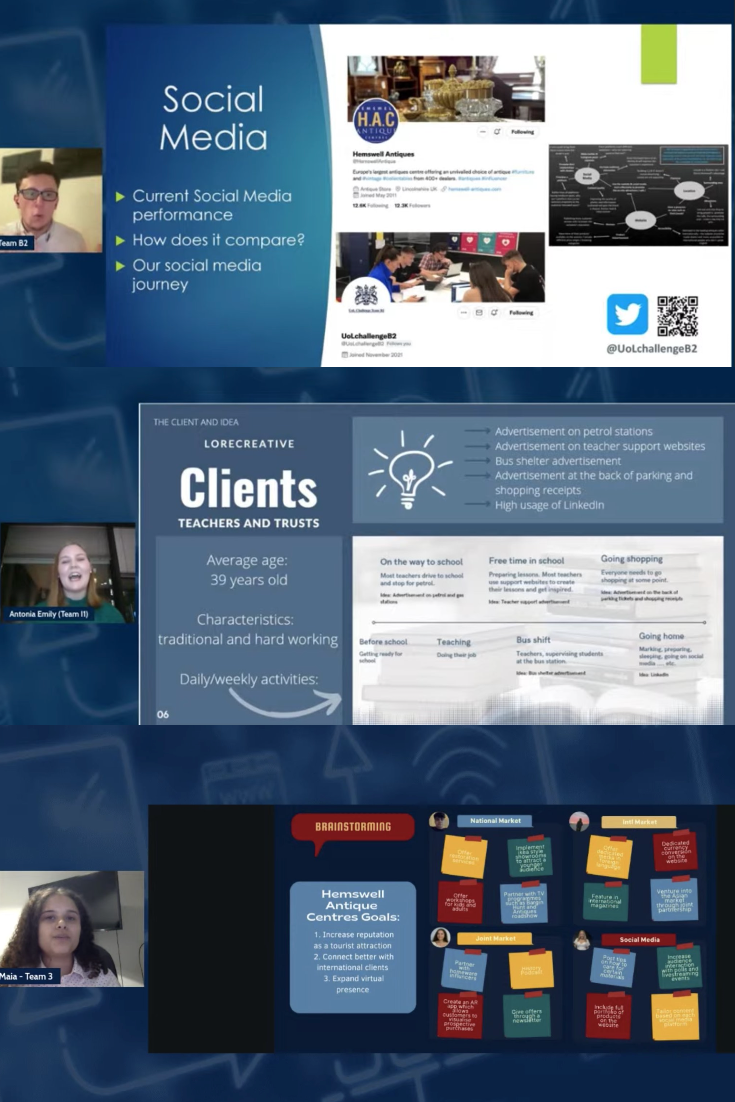
Sixth Round
In the sixth round of the project, our students were tasked with taking on challenges set by four different SMEs, including Hemswell Antique Centres Ltd, In the Laughter Locker, Waltham Herbs Ltd, and Lore Creative Ltd.
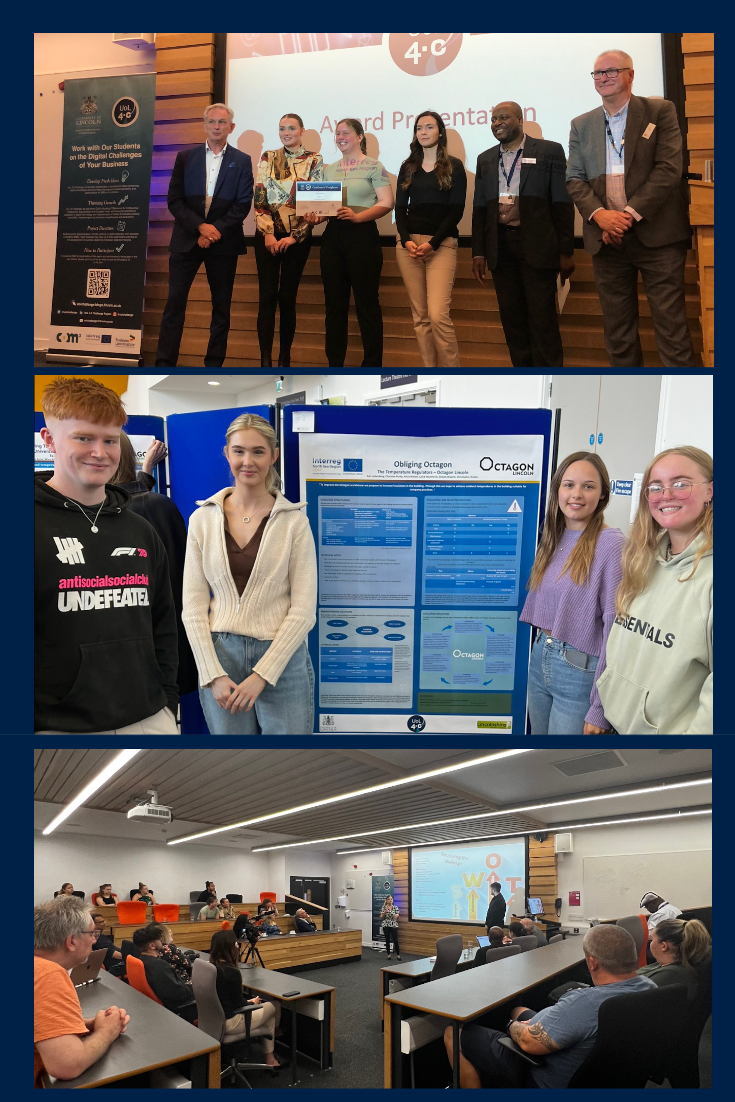
Seventh Round
In the seventh round, the students were tasked with solving digital challenges that were established by three distinct SMEs, each with their specific requirements and goals. The SMEs involved in this round were Action It Theatre, Lestons Legal Services, and Octagon, and each presented their unique set of challenges to the students.
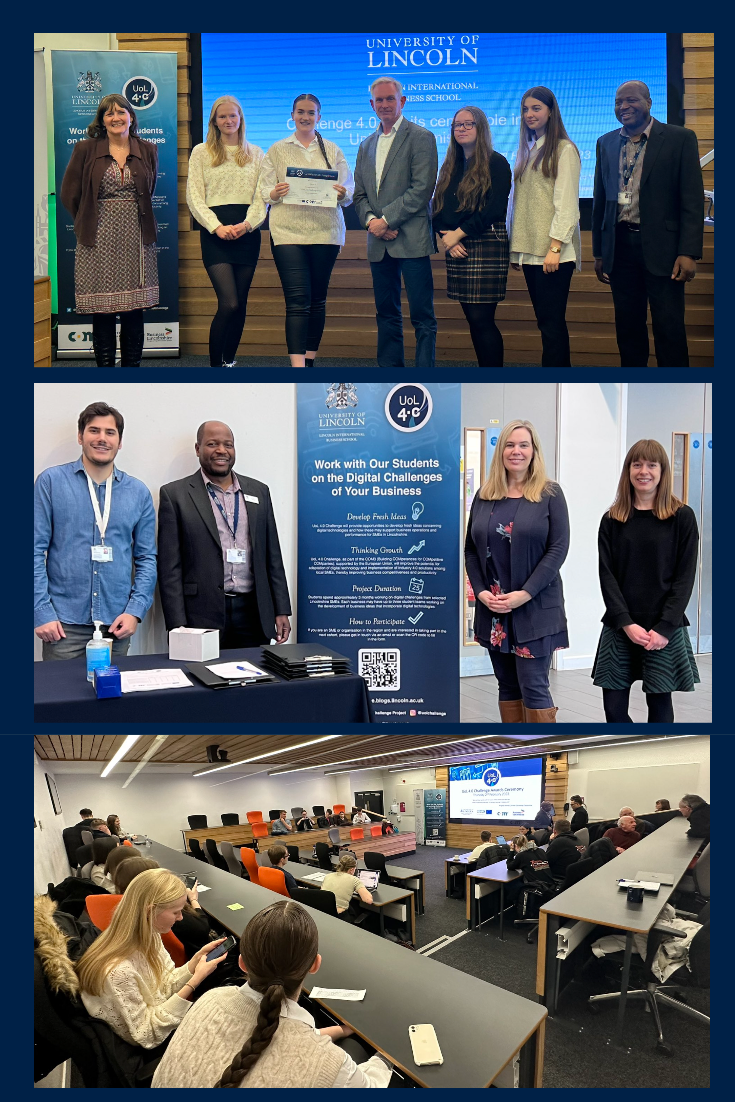
Eighth Round
Number of students involved:
132 students in 18 teams
Three SMEs taking part in this round:
– Tension Twisted Realities
– Lincolnshire Music Service and
Friends of Lincolnshire School Orchestras (FLINSO)
– Hockerton Housing Project Trading Ltd
Digital Challenges of Tension Twisted Realities:
– How to effectively promote/communicate our services to our target market / audiences?
– Creating strong visual presence in online and social media environment.
– Creating tailored (video) content and experiences of targeted customers.
– Creating tailored content and experiences for social impact (e.g. for health and social care sector, identifying other potential audiences and themes)
– Creating immersive storytelling, focused on social impact.
Digital Challenges of FLINSO:
– Fundraising ideas.
– Engagement with public, other charities, voluntary bodies and statutory authorities of similar charitable purposes.
Digital Challenges of Hockerton Housing Project:
– Influencing people to change their behaviour on sustainable living, with a focus on specific target groups (e.g. businesses, students)
– Promoting value of sustainable living using suitable content (including demonstration by video etc))
– How effective is Hockerton website’s content as a catalyst for businesses to adopt sustainable technology and practices?
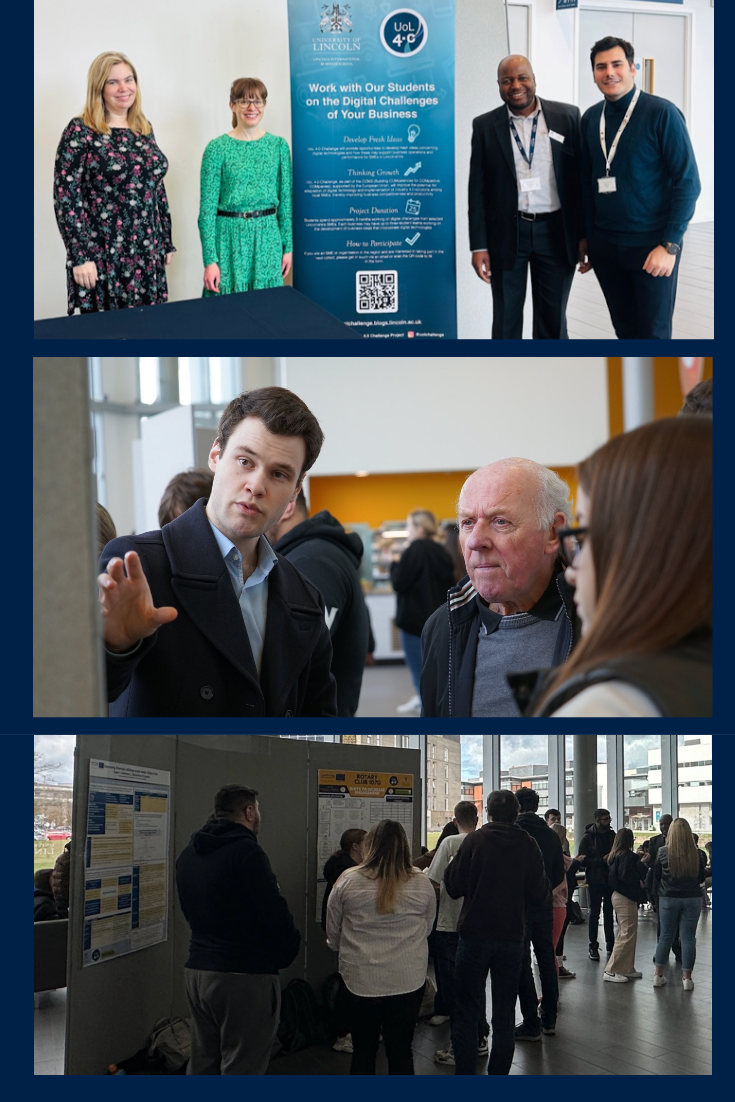
Ninth Round
Number of students involved:
70 students in 12 teams
Two SMEs taking part in this round:
– Lincolnshire Fire and Rescue (LFR)
– Rotary Club District 1070
Digital Challenges of LFR:
– Finding better ways of consulting/seeking the views of different demographics on LFR services.
– Creating tailored / personalised communication content to engage hard-to-reach communities providing equality of access.
– How to effectively promote/communicate on issues of fire safety to our target market / audiences?
Digital Challenges of Rotary Club District 1070:
– How can the Rotary attract more people into local clubs?
– How can the Rotary attract people from diverse demographic groups into local clubs?
– How can the Rotary make itself attractive to young people?
– How can the Rotary improve its profile?
– Creating experiences attractive to a diverse demographic group
Student Testimonials



